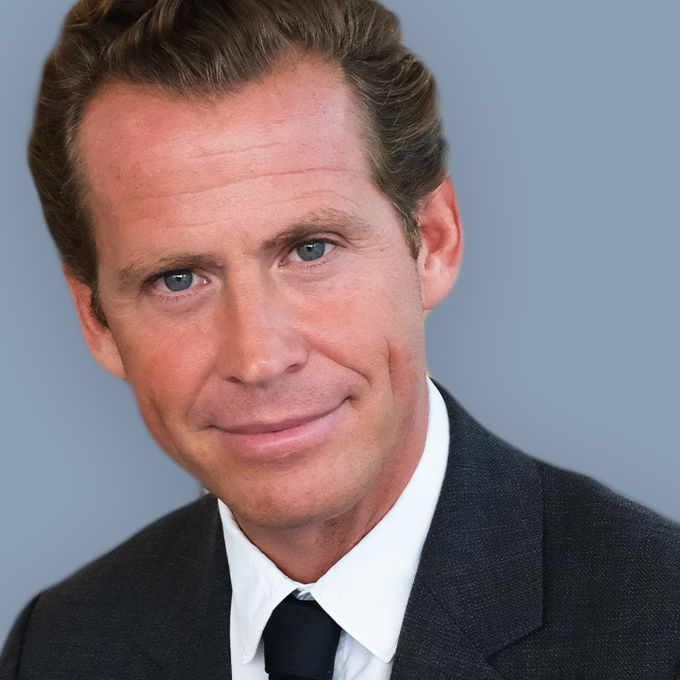DOWNLOAD ‘GLOBAL CONVERTIBLE BONDS 2023 OUTLOOK’
Convertible bonds are well designed for times of uncertainty as the asset class’s natural asymmetry offers dynamic allocation out of bonds into equities and vice versa. In the first half of 2023, we expect the market narrative to change from inflation and rate shocks to recession and credit events. In the second half, interest rates are likely to be cut by central banks on a combination of further economic contraction, higher unemployment, market volatility and a drop in inflation.
We expect this forced change of course to cause a prolonged recovery in asset values and, ultimately, the economy, by the end of 2023.
History is no guide, but similar drawdowns to those experienced in 2022 (1994, 2002, 2008) were tracked by notable rebounds the following year. We believe there are five key reasons to consider global convertible bonds in the current investment environment.
1. CONVEXITY IS NOT DEAD
Convertibles should provide more protection against equity risk because the average delta of the global convertible bond universe has dropped significantly since its peak in February 2021. We think equities are still not sufficiently discounting a recession and we predict that earnings expectations for next year will be revised down. At the same time, we also know that equities can exhibit strong bear rallies despite an unfavourable environment.
With close to 50% of the universe trading at more than 10% discount to par value, convertibles’ outperformance on the downside should once again be greater than their underperformance on the upside.
2. POSITIVE CARRY IS BACK
For the fourth time since 2008, the yield to maturity of the Refinitiv Global Convertible Index has turned positive, improving the asset class’s income prospects. From past experience, we know that bear markets have presented opportunities to invest in convertible bonds with attractive yields that are significantly out of the money, because interest rates usually fall during times of recession.
We think this segment of low deltas − below 40% − is an interesting prospect given the rebound and yield potential while little value is currently assigned to the calls. “Paid to wait” is the new paradigm until the economic cycle turns more favourable.
3. PRIMARY MARKET SHOULD RETURN TO NORMALITY
We think that convertibles will benefit somewhat from higher rates for an extended period.
We expect new issues to be a reliable source of alpha as the significant maturity wall in corporate bonds will need to be addressed, even for investment-grade issuers looking to save on coupon and optimise capital structures.
In similar times, such as 2003 and 2009, companies have preferred to issue convertible debt to lower coupon payments and equity dilution.
Additionally, terms are now back in investors’ favour and new issuances should provide us more names to consider as replacements for holdings that have become too bond-like; they should effectively restore the delta to optimal levels for maximising convexity.
4. M&A ACTIVITY BODES WELL FOR THE ASSET CLASS
M&A activity should lead to additional upside for convertibles by way of stock appreciation and pull-to-par events. The asset class is likely to be well represented due to the high proportion of small and mid-cap issuers in the convertible mix and the dominance of the technology, consumer discretionary and healthcare industries. Those disruptive companies often have no other debt instruments available to them and provide exposure to some important secular trends serving large addressable markets.
5. FLOWS COULD TURN SUPPORTIVE
Aggregate global convertible bond valuations remain cheap and we believe they will be supported by the return of inflows into the asset class, driven by demand for risk-controlled equity exposure with income, an increase in credit investors’ participation and the return of issuance. Additionally, we view recent company buybacks of convertible bonds as a positive signal and a support factor going forward should valuations become too discounted.
CLOSING NOTES
We see the current choppy economic environment as providing an appealing entry point to the asset class with a healthy mix of income, equity exposure and downside protection on offer.


